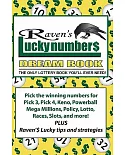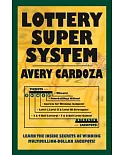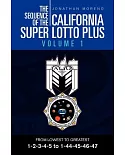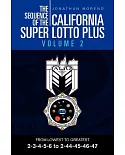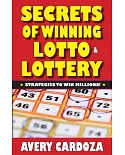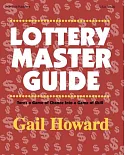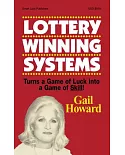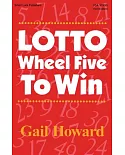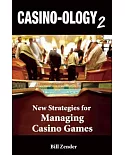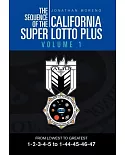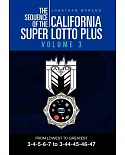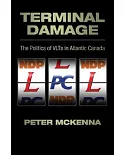Consider the following example: Suppose you play any pick-6 lottery and you buy just one ticket. A single ticket guarantees you a 4-win if 4 of your numbers are in the draw. What would you do
if you want to play not just a single ticket and 6 numbers, but, for example, 10 numbers, and you want the same guarantee, that is, you want a 4-win whenever 4 of your 10 numbers are among the
ones drawn? Then you will need to buy more tickets. How many? How would you arrange your numbers in the tickets? This book gives the best answers to these and many other similar questions. In
fact, if you want to play with 10 numbers, then you need to buy at least 20 tickets for a 4-win guaranteed if 4 of your numbers are drawn. However, just a set of 20 tickets, filled with random
combinations of your 10 numbers, does not guarantee you anything. This book tells you how to organize your numbers, so that you always get a guaranteed set of prizes, and it tells you how to do
so in the possible least expensive way.This is a book for every lottery player (or a group of players) who wishes to play with more than one ticket. It provides strategies of playing for a
desired guarantee using more than 6 numbers in the most organized, well-balanced and economical way. The objects used for this purpose are the lottery systems (known also as wheels or
coverings). Each system is presented together with a table of all possible wins, so that the players can estimate the expected win before the draw. The complete tables of wins appear for the
first time in a lottery publication. Systems with multiple guarantees are also published for the first time ever.This book provides an entertaining startegy of playing the lottery. It is
written by the renown lottery expert, professor in mathematics and combinatorics, Dr. Iliya Bluskov, who is also the inventor of most of the world record-breaking constructions of wheels (or
coverings, as they are referred to by mathematicians). The book offers, ready to use, the best lottery systems ever created, completely supplied with information on the winning possibilities.
The lottery systems are explained in plain language and are very easy to use. No mathematical knowledge is assumed to either play or understand the systems and the tables of possible wins, in
spite of the fact that these objects are created by using quite advanced mathematics.


